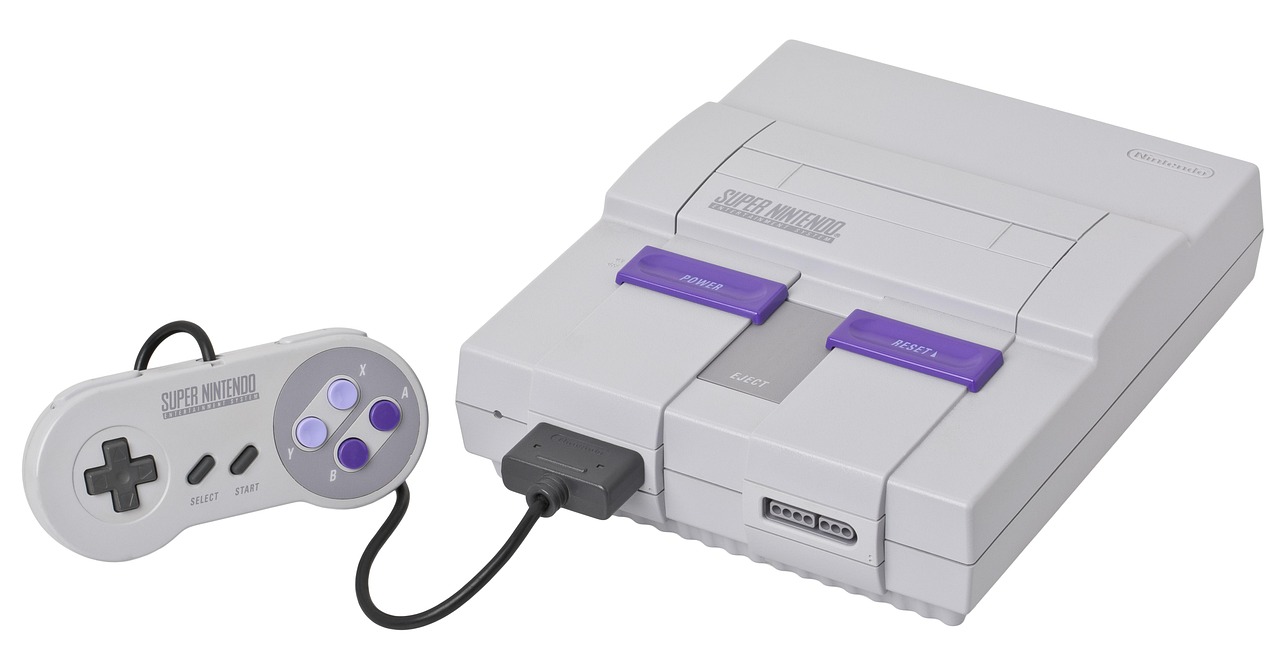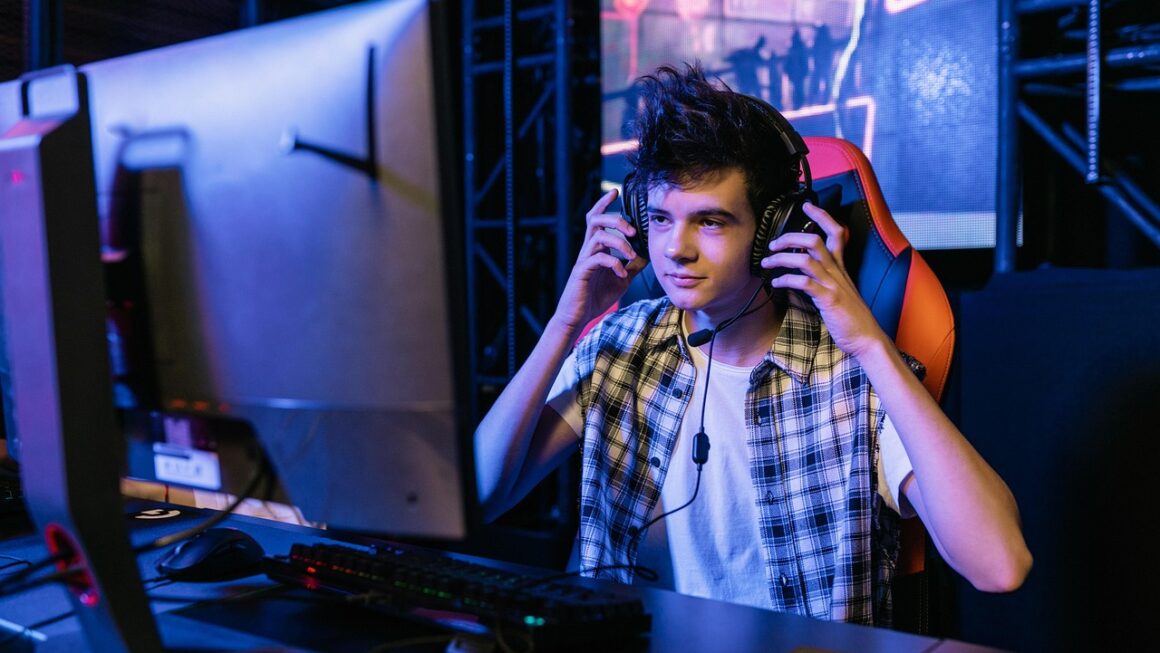Crafting immersive worlds, compelling characters, and engaging gameplay mechanics – that’s the magic of game design. But it’s more than just fun and games; it’s a complex, multidisciplinary field requiring creativity, technical skill, and a deep understanding of player psychology. This blog post will explore the core principles of game design, providing you with a comprehensive overview of the processes, tools, and considerations involved in creating a successful and enjoyable gaming experience.
Understanding the Fundamentals of Game Design
What is Game Design?
Game design is the process of creating the content and rules of a game. It involves conceptualizing the game’s idea, defining its core mechanics, designing the user interface, and balancing gameplay. In essence, it’s about crafting a system that provides players with meaningful choices and rewarding experiences.
Core Elements of Game Design
Several key elements contribute to a well-designed game:
- Gameplay: The interactive experience of playing the game, including actions, rules, and objectives.
- Mechanics: The underlying systems that govern how the game works, such as movement, combat, and resource management.
- Story/Narrative: The overarching plot, characters, and world-building that provide context and motivation for the player.
- Art Style: The visual aesthetics of the game, including character design, environments, and user interface.
- Sound Design: The auditory elements of the game, including music, sound effects, and voice acting.
- User Interface (UI) & User Experience (UX): How the player interacts with the game and the overall feeling of using the game.
Why is Good Game Design Important?
Effective game design is crucial for several reasons:
- Player Engagement: Keeps players invested and coming back for more.
- Immersion: Creates a believable and captivating world.
- Challenge and Reward: Provides a balanced difficulty curve and satisfying rewards for progress.
- Positive Reviews: Leads to higher ratings and word-of-mouth recommendations.
- Commercial Success: Increases sales and revenue for the game.
The Game Design Process: From Concept to Completion
Concept Development and Ideation
The game design process typically begins with brainstorming and generating ideas. This involves identifying the target audience, genre, and unique selling points of the game. Consider these questions:
- What kind of experience do you want to create?
- Who is your target audience?
- What are the core mechanics of the game?
- What makes your game unique and engaging?
Example: A designer might start with the concept of a puzzle game where players manipulate gravity to solve environmental challenges.
Design Documentation and Prototyping
Once you have a solid concept, you need to document your ideas in a game design document (GDD). The GDD serves as a blueprint for the entire development team. Simultaneously, creating a prototype, even a very basic one, allows you to test core mechanics early.
- Game Design Document (GDD): A comprehensive document that outlines all aspects of the game, including gameplay mechanics, story, art style, and technical specifications.
- Prototyping: Creating a working model of the game to test core mechanics and gameplay loops. Often created in simple game engines like Unity or GameMaker.
Actionable Takeaway: Start with a “vertical slice” prototype that showcases the core gameplay loop, even if it’s limited in scope. This allows you to validate your ideas and identify potential problems early on.
Iteration and Playtesting
Game design is an iterative process. After prototyping, you need to gather feedback from playtesters and make adjustments based on their input. This process involves:
- Playtesting: Observing players as they interact with the game and gathering feedback on their experience.
- Iteration: Making changes to the game based on playtesting feedback, refining mechanics, and balancing gameplay.
Practical Example: If playtesters consistently struggle with a particular puzzle, you may need to simplify the design or provide clearer hints. Data from playtesting (e.g., time spent on levels, frequency of deaths) provides quantifiable insights.
Key Game Design Principles
Balancing Challenge and Reward
A well-designed game should offer a balance between challenge and reward. Too easy, and players become bored; too difficult, and they become frustrated. Factors to consider include:
- Difficulty Curve: Gradually increasing the difficulty as players progress.
- Reward Systems: Providing players with incentives for completing tasks, such as points, items, or new abilities.
- Progression: Allowing players to improve their skills and abilities over time.
Player Agency and Choice
Giving players a sense of agency and control over their experience is essential for engagement. This can be achieved through:
- Meaningful Choices: Allowing players to make decisions that have a significant impact on the game world or story.
- Customization Options: Giving players the ability to personalize their characters, vehicles, or other aspects of the game.
- Open-World Environments: Providing players with freedom to explore and interact with the world at their own pace.
Positive Feedback Loops
Creating positive feedback loops can keep players engaged and motivated. This involves designing mechanics that reward players for successful actions and encourage them to continue playing. Examples include:
- Leveling Up: Increasing a character’s stats and abilities as they gain experience.
- Unlocking New Content: Providing players with access to new areas, items, or abilities as they progress.
- Achieving Milestones: Rewarding players for completing specific tasks or challenges.
Game Design Tools and Technologies
Game Engines
Game engines are software frameworks that provide developers with the tools they need to create games. Popular game engines include:
- Unity: A versatile engine that supports both 2D and 3D games, known for its ease of use and large community.
- Unreal Engine: A powerful engine that excels in creating high-fidelity graphics and complex gameplay systems.
- GameMaker Studio 2: A beginner-friendly engine that is ideal for creating 2D games.
Level Design Tools
Level design tools allow designers to create and edit game environments. These tools often include features such as:
- Terrain Editors: Tools for creating and manipulating landscapes.
- Object Placement: Tools for placing objects such as trees, buildings, and props in the environment.
- Lighting Tools: Tools for creating realistic lighting effects.
Scripting Languages
Scripting languages are used to implement gameplay mechanics and AI. Common scripting languages used in game development include:
- C#: Used primarily in Unity.
- C++: Used primarily in Unreal Engine.
- Lua: A lightweight scripting language that is often used in game engines and mods.
Career Paths in Game Design
Game Designer Roles
The game industry offers a variety of roles for aspiring game designers, including:
- Lead Game Designer: Oversees the entire design process and ensures that the game meets its objectives.
- Level Designer: Creates and designs game environments.
- Systems Designer: Designs and implements the underlying systems of the game, such as combat, economy, and progression.
- Narrative Designer: Writes the story, characters, and dialogue for the game.
- UI/UX Designer: Designs the user interface and ensures a positive user experience.
Education and Skills
To pursue a career in game design, consider pursuing a degree or certification in:
- Game Design
- Computer Science
- Art and Animation
Key skills include:
- Creativity
- Problem-solving
- Communication
- Teamwork
- Technical Proficiency
Conclusion
Game design is a challenging but rewarding field that combines creativity, technical skill, and a deep understanding of player psychology. By understanding the core principles of game design, following a structured design process, and utilizing the right tools and technologies, you can create engaging and memorable gaming experiences that resonate with players. Remember to embrace iteration, value playtesting feedback, and continually strive to improve your skills and knowledge. The world of gaming is constantly evolving, and the best game designers are those who are always learning and adapting.



